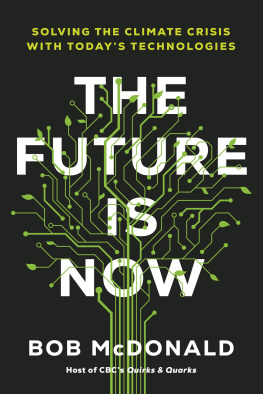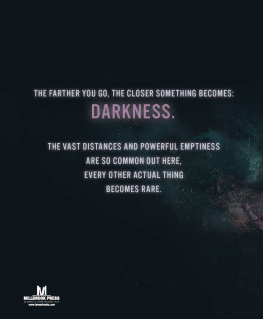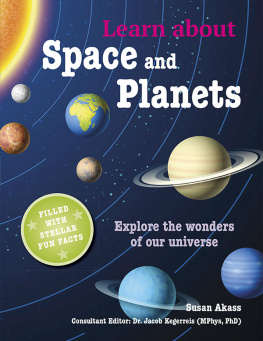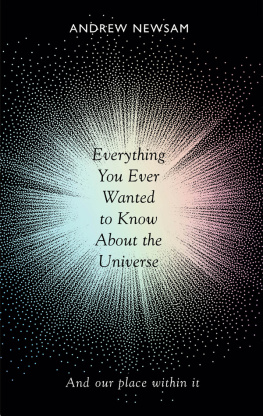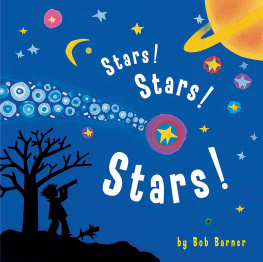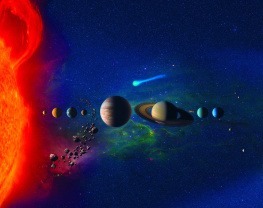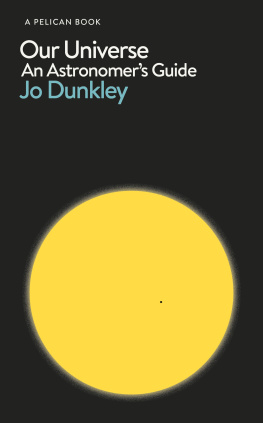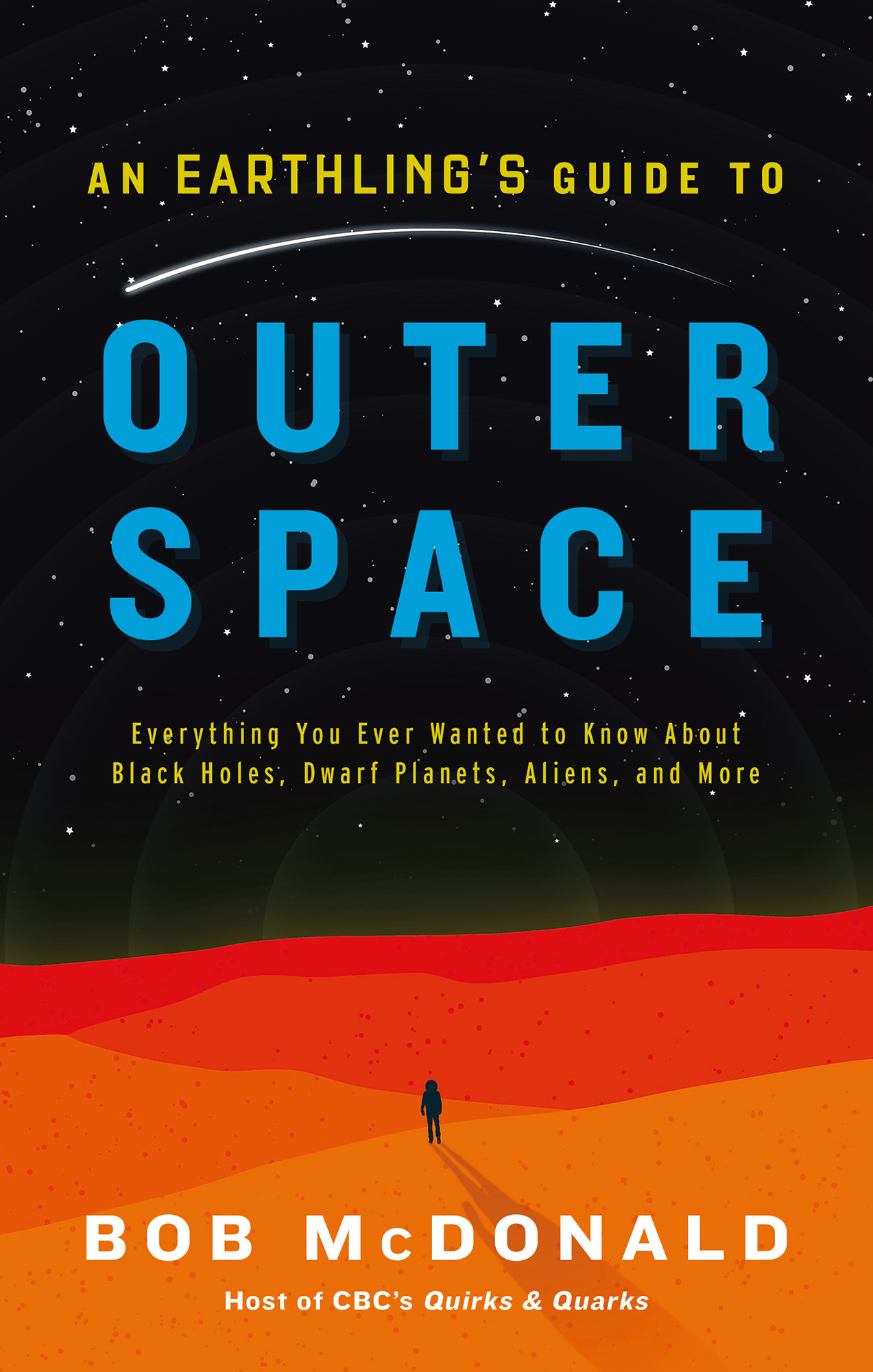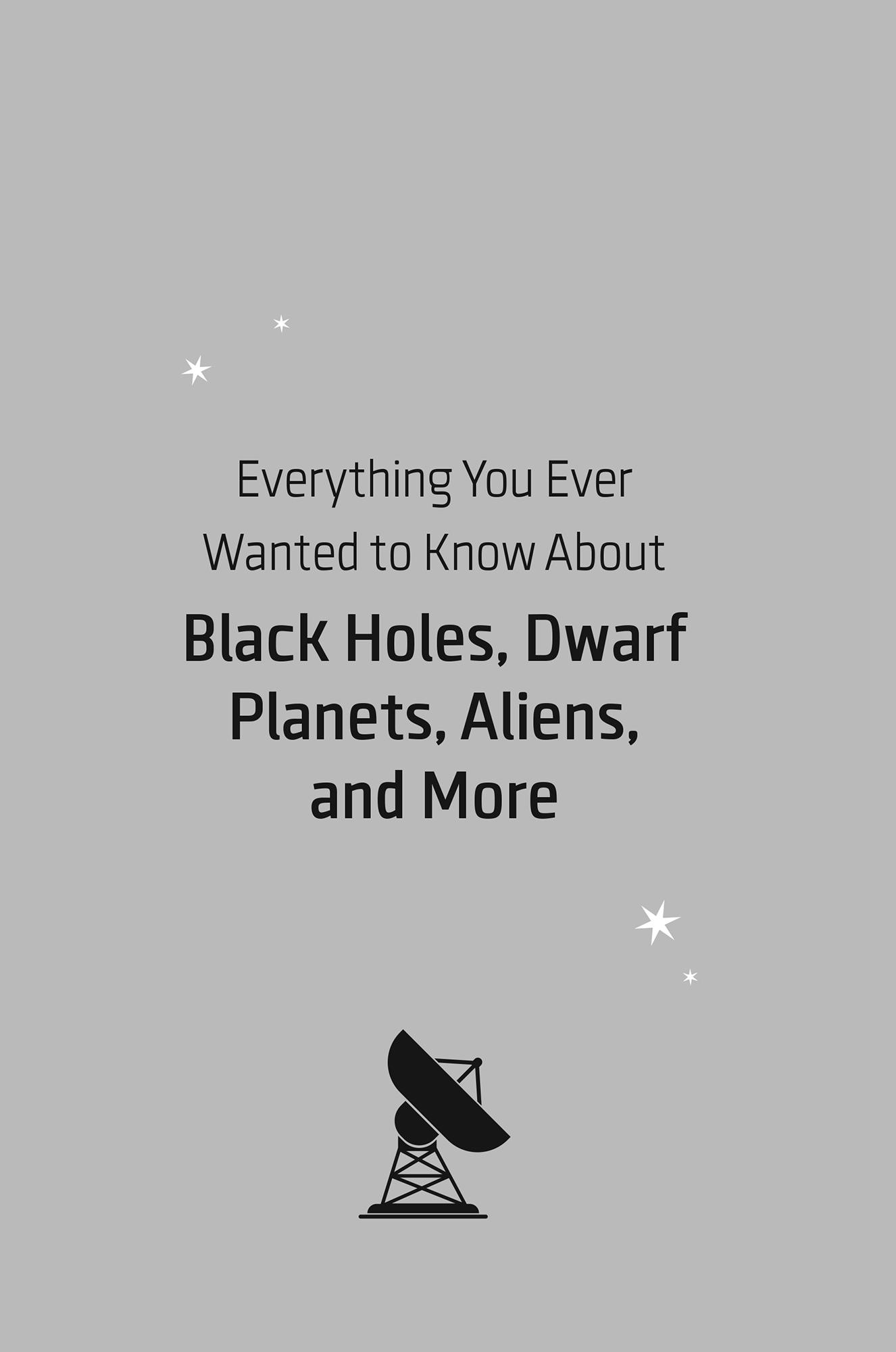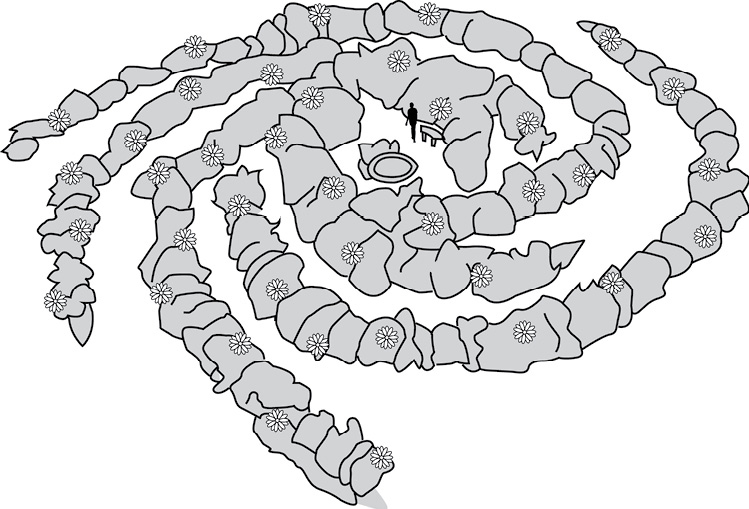Contents
Guide
ALSO BY BOB McDONALD
Canadian Spacewalkers: Hadfield, MacLean and Williams Remember the Ultimate High Adventure
Measuring the Earth with a Stick: Science As Ive Seen It
Wonderstruck II
Wonderstruck

Simon & Schuster Canada
A Division of Simon & Schuster, Inc.
166 King Street East, Suite 300
Toronto, Ontario M5A 1J3
www.SimonandSchuster.ca
Copyright 2019 by Bob McDonald
All rights reserved, including the right to reproduce this book or portions thereof in any form whatsoever. For information, address Simon & Schuster Canada Subsidiary Rights Department, 166 King Street East, Suite 300, Toronto, Ontario, M5A 1J3.
This Simon & Schuster Canada edition October 2019
SIMON & SCHUSTER CANADA and colophon are trademarks of Simon & Schuster, Inc.
For information about special discounts for bulk purchases, please contact Simon & Schuster Special Sales at 1-800-268-3216 or .
Interior design by Lewelin Polanco
Illustrations by Tony Hanyk, tonyhanyk.com
Cover art Sergio Camalich
Cover design by Jessica L. Boudreau
Library and Archives Canada Cataloguing in Publication
Title: An earthlings guide to outer space : everything you ever wanted to know about black holes, dwarf planets, aliens, and more / Bob McDonald.
Names: McDonald, Bob, 1951 author.
Identifiers: Canadiana (print) 20190094664 | Canadiana (ebook) 20190094672 | ISBN 9781982106850
(hardcover) | ISBN 9781982106867 (ebook)
Subjects: LCSH: Outer spaceMiscellaneaJuvenile literature. | LCSH: UniverseMiscellaneaJuvenile literature. | LCSH: AstronomyMiscellaneaJuvenile literature.
Classification: LCC QB500.22 M34 2019 | DDC j520.2dc23
ISBN 978-1-9821-0685-0
ISBN 978-1-9821-0686-7 (ebook)
To curious minds everywhere
PART 1 The Great Beyond Answers to the Big Questions
1 How Big Is Our Galaxy?
Our Earth is floating through a beautiful whirlpool of stars almost too large to imagine. We call our galaxy the Milky Way because it looks like someone spilled milk across the night sky. You can see it with your own eyes, but its a little tricky. You have to find a dark place where there are no streetlights, away from towns and cities, on a clear night when the moon is not up. If you can find a spot like thatin the country, beside a lake, on a farmand look up on a summer night, youll see a ghostly glow arcing across the entire sky, a bridge of stars that reaches from horizon to horizon.
Thats our home galaxy. But theres much more to it than meets the eye. Looking up from the ground at night, we dont see the whole galaxy because were inside it, the same way you cant see your entire town or city from your front door.
If you could soar above the Milky Way, what a spectacular sight you would witnessa luminous swirl of stars with four graceful, curving arms wrapping around one another in a pinwheel shape. Our sun is just one of hundreds of billions of stars on that merry-go-round. We live on the inside edge of one of the galaxys curving arms, about two-thirds of the way out from the center, and the nearest star to our sun is more than four years away at the speed of light.
If you wanted to travel around the entire galaxy the way fictional starships in movies do, youd need a fast shipone that could move at the speed of light, at the very least. And that is crazy fast. At light speed, youd cover three hundred thousand kilometers, or seven times around the Earth, in one second. You could visit the moon and come home again in a second and a half, or travel to Mars in twenty minutes.
But even traveling at that incredible speed, it would still take you thirty thousand years to travel from Earth to the center of the galaxy. And if you tried to cross from one side to the other, it would take one hundred thousand years.
SPACE PLACES 
T ake a walk through the Milky Way Galaxy in the Galaxy Garden in Hawaii. This big, circular garden was designed in the exact shape of the Milky Way, with different plants representing the stars and nebulae. A funnel-shaped fountain in the middle of the garden represents the black hole in the center of the galaxy, and all of the plants are arranged in curving arms that resemble the spiral shape of our galaxy.
If you want to find the Earth, you will have to look hard, because on the scale of this garden, it is too small to see with the eye. But there is a spot, a little more than halfway out from the center fountain, where a little dot on the leaf of one plant represents our sun.
If you could make the journey to the center of the galaxy, youd see it for what it truly isa city of stars. About 300,000,000,000, or three hundred billion stars.
That number is so huge, its hard to wrap your head around. But you can get a sense of how many that is by imagining every star as a grain of sand. If you pick up a handful of sand, youre holding a few thousand grains. Thats about the number of stars you can see with your eyes on a clear night. But thats only a tiny fraction of whats really out there.
An average dump truck holds approximately as many grains of sand as there are stars in the Milky Way. Imagine that dump truck full of sand spread out roughly thirty meters across, or the area of a baseball diamond. Thats the size of our galaxy. But its only one of about a hundred thousand million other galaxies that make up the rest of the known universe.
So how many stars are there in the universe? At least this many: 200,000,000,000,000,000,000,000. That number is so big, it doesnt even have a name.
If all the stars in the universe were turned into grains of sand, they would cover all the beaches in the world.
After youve pondered that, pick up just one little grain of sand on the end of your finger and look at it. Thats one starour sun. At that scale, the Earth is not even visible to your eye.
The universe is incredibly vast and filled with an unimaginable number of stars. It can make you feel small and insignificant when you think about it all. But remember this: we may be small, but at least we know our place in the universe!
Of course, for now, we dont have any spaceships that can take us across the galaxy, so we have to journey there in our imaginations. To do so, lie on the ground. Dont think about the sky as up. Think of it as a huge space that reaches out in all directions. Remember, there are just as many stars below you as there are above, because youre lying on a big ball. And you are not on top of the ballthats the North Pole. Youre somewhere on the side. (The next time you see a globe of the Earth, find your city and see what side you live on.) If you think of yourself like a fly on a wall, with the ground behind you instead of below you, and the stars in front of you instead of above, youll get a truer sense of your place in space.


